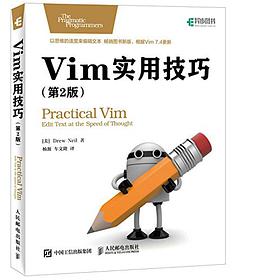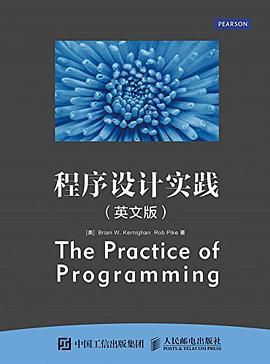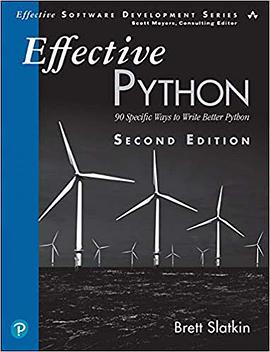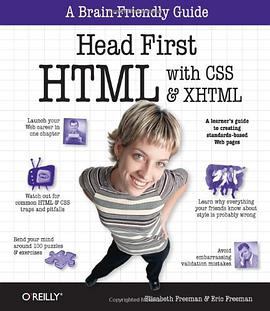Updated and Expanded for Python 3
It’s easy to start developing programs with Python, which is why the language is so popular. However, Python’s unique strengths, charms, and expressiveness can be hard to grasp, and there are hidden pitfalls that can easily trip you up.
This second edition of Effective Python will help you master a truly “Pythonic” approach to programming, harnessing Python’s full power to write exceptionally robust and well-performing code. Using the concise, scenario-driven style pioneered in Scott Meyers’ best-selling Effective C++, Brett Slatkin brings together 90 Python best practices, tips, and shortcuts, and explains them with realistic code examples so that you can embrace Python with confidence.
Drawing on years of experience building Python infrastructure at Google, Slatkin uncovers little-known quirks and idioms that powerfully impact code behavior and performance. You’ll understand the best way to accomplish key tasks so you can write code that’s easier to understand, maintain, and improve. In addition to even more advice, this new edition substantially revises all items from the first edition to reflect how best practices have evolved.
Key features include
30 new actionable guidelines for all major areas of Python
Detailed explanations and examples of statements, expressions, and built-in types
Best practices for writing functions that clarify intention, promote reuse, and avoid bugs
Better techniques and idioms for using comprehensions and generator functions
Coverage of how to accurately express behaviors with classes and interfaces
Guidance on how to avoid pitfalls with metaclasses and dynamic attributes
More efficient and clear approaches to concurrency and parallelism
Solutions for optimizing and hardening to maximize performance and quality
Techniques and built-in modules that aid in debugging and testing
Tools and best practices for collaborative development
Effective Python will prepare growing programmers to make a big impact using Python.



